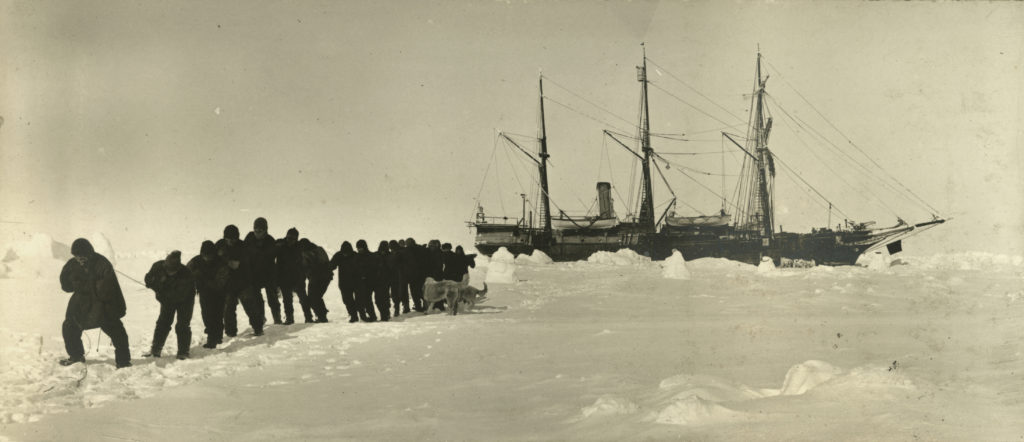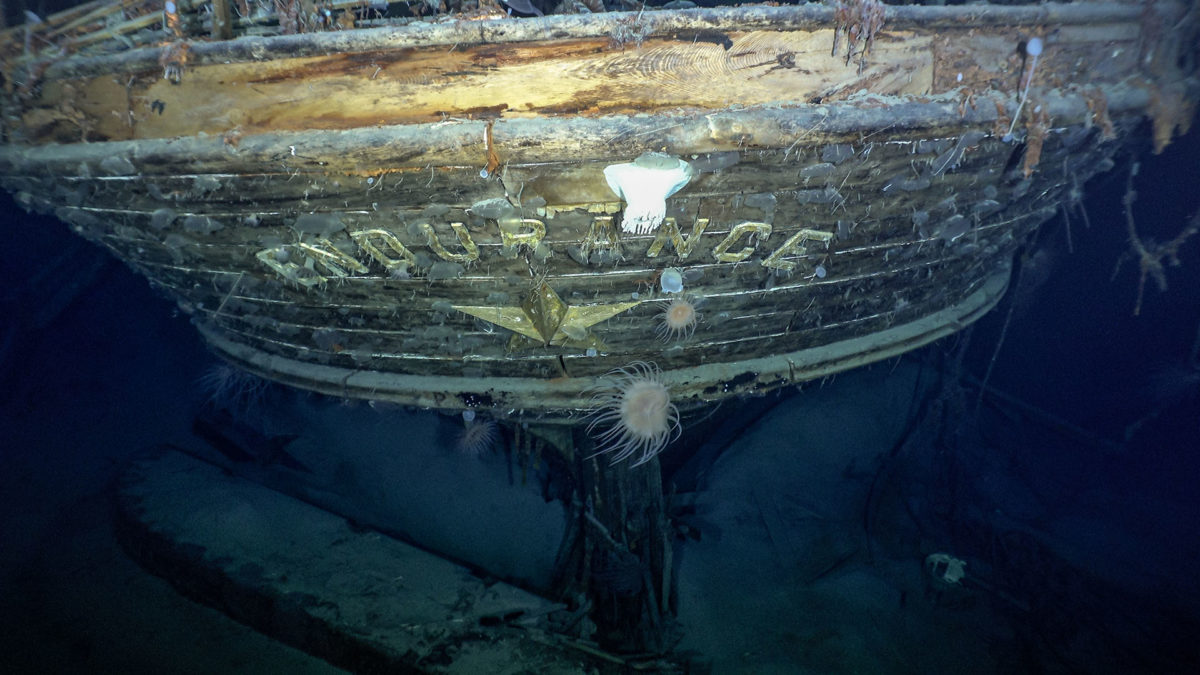The final resting place of explorer Sir Ernest Shackleton’s ship Endurance—one of the greatest maritime mysteries of modern times—has been found.
More than a century after Endurance was crushed by sea ice and sank in the Weddell Sea, stranding its crew on ice floes for more than a year, the famed ship has been located—nearly 10,000 feet under freezing waters.
The Endurance22 recovery expedition, financed by an anonymous donor of $10 million, set off from Cape Town, South Africa a month ago with a team of 64 scientists and historians and a crew of 46.
By March 5, the recovery team had “reached its goal,” said Dr. John Shears, the geographer who led the expedition. The ship was located approximately four miles south of the position originally recorded by its captain, Frank Worsley, when Endurance sank.
“We have made polar history with the discovery of Endurance, and successfully completed the world’s most challenging shipwreck search,” Shears said.
The Endurance remains largely preserved due to the frigid waters of the Weddell Sea—described by Shackleton as the “the worst portion of the worst sea in the world”—and the absence of wood-eating organisms.
Stunning, high-definition video released by the Endurance22 team shows the ship upright and intact, with its name clearly visible across the stern.
Historian Dan Snow, who accompanied the expedition, tweeted:
He added: “Nothing was touched on the wreck. Nothing retrieved. It was surveyed using the latest tools and its position confirmed. It is protected by the Antarctic Treaty. Nor did we wish to tamper with it.”
Endurance is protected as a historic monument under the terms of the 1959 treaty.
The story of the Endurance and its crew remains an almost mythical tale of determination, luck, and yes, endurance.
more on shackleton
Shackleton and his Imperial Trans-Antarctic Expedition had aimed to be the first to cross the Antarctic continent by foot. But just two days after setting sail from South Georgia in December 1914, the Endurance became surrounded and caught in a polar pack of ice.
By early January, the ship was permanently stuck, with its passengers and crew storing up on provisions and three open lifeboats for the better part of 1915.

As the months went by, Endurance slowly submerged, and by November, it finally slipped below the sea.
Shackleton and his party were forced to survive under ghastly conditions, floating on ice floes for another five months before finding solid land on Elephant Island.
“From there, in freezing temperatures and rough seas, Shackleton, Worsley and four others sailed 800 miles to South Georgia,” writes The Guardian. “They organised the rescue of the rest of the crew, who were picked up alive within months.”
For over a century, the Endurance has laid 9,843 feet deep on the sea floor, largely untouched by time and foiling numerous researchers over the past several years.
The ship’s recent discovery, Shears hopes, will inspire and showcase “what human beings can achieve and the obstacles they can overcome when they work together.”





